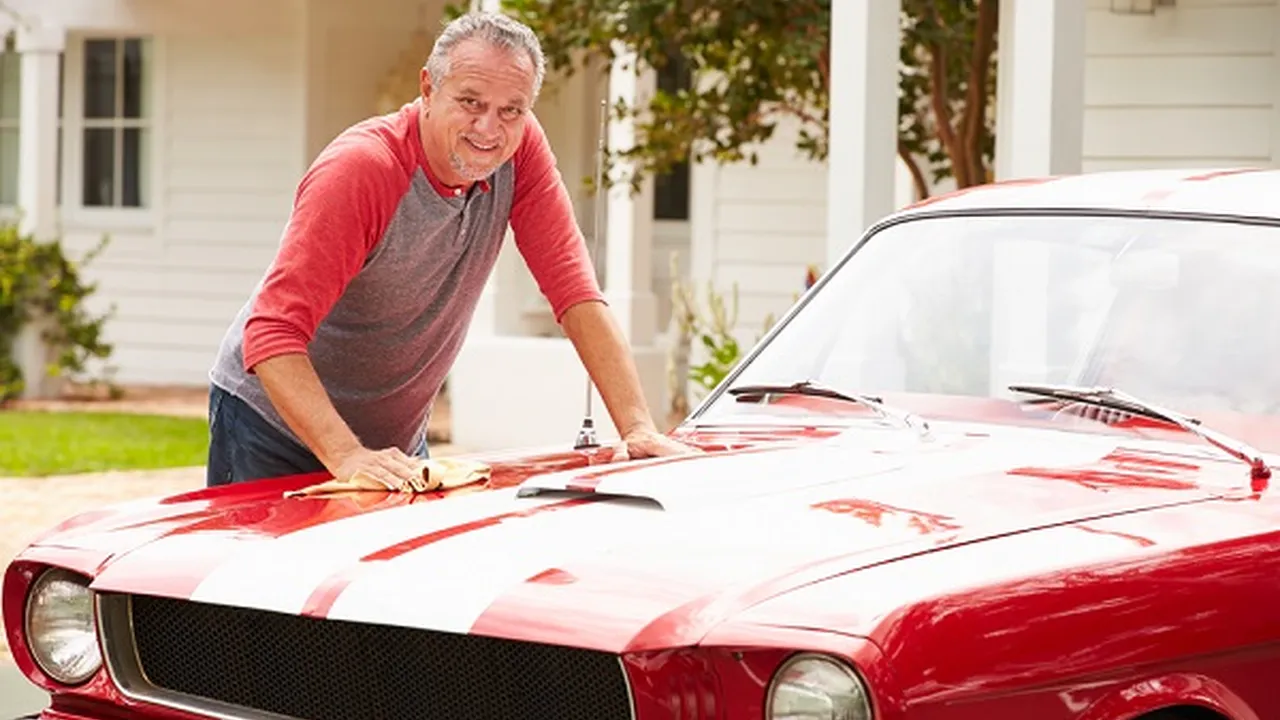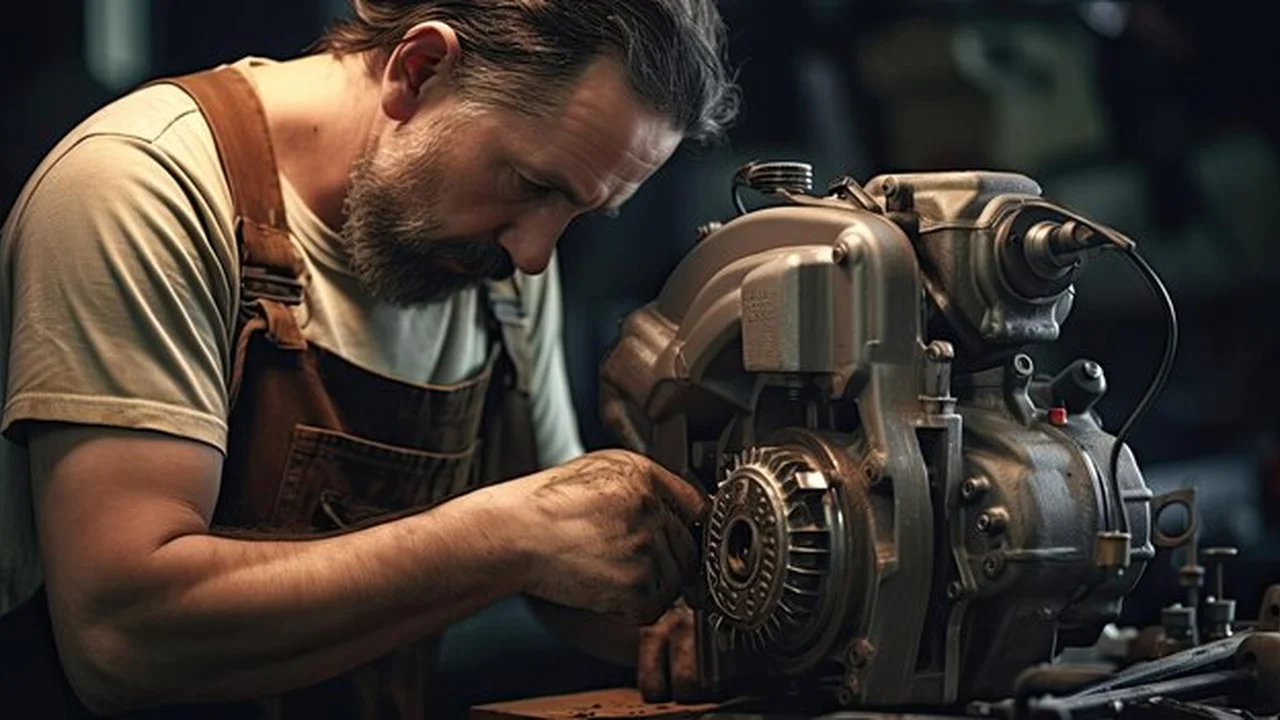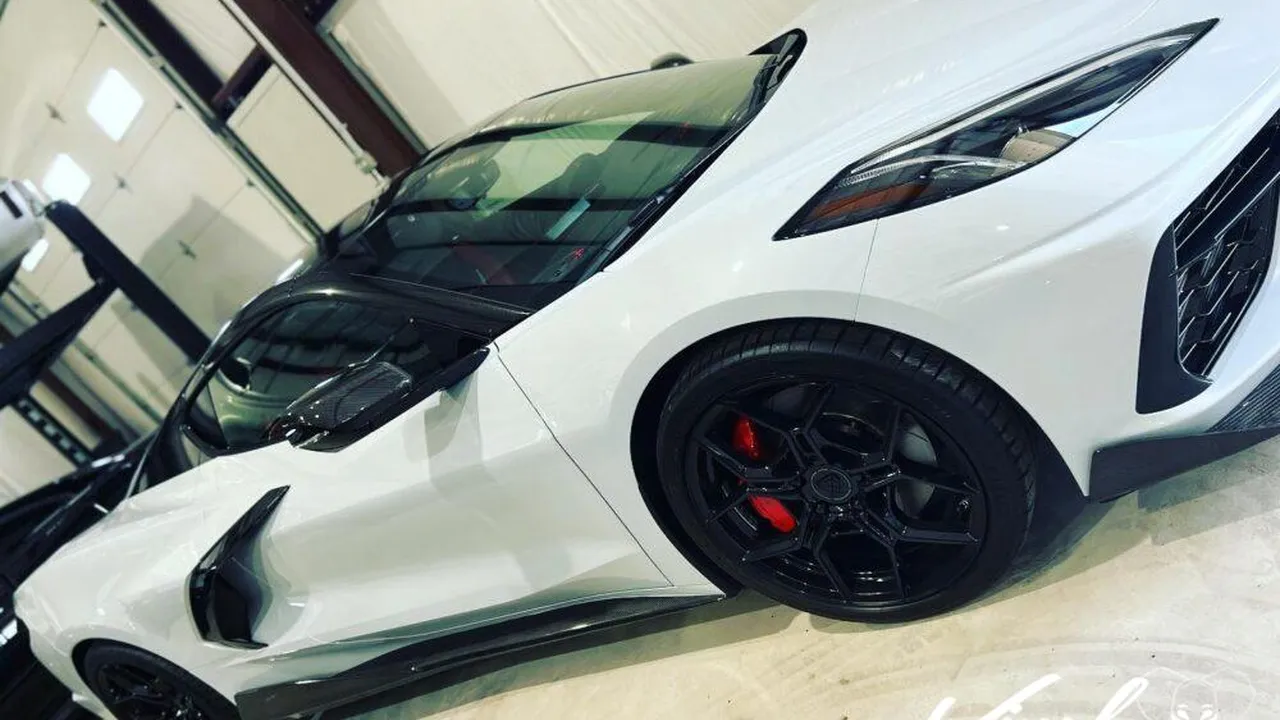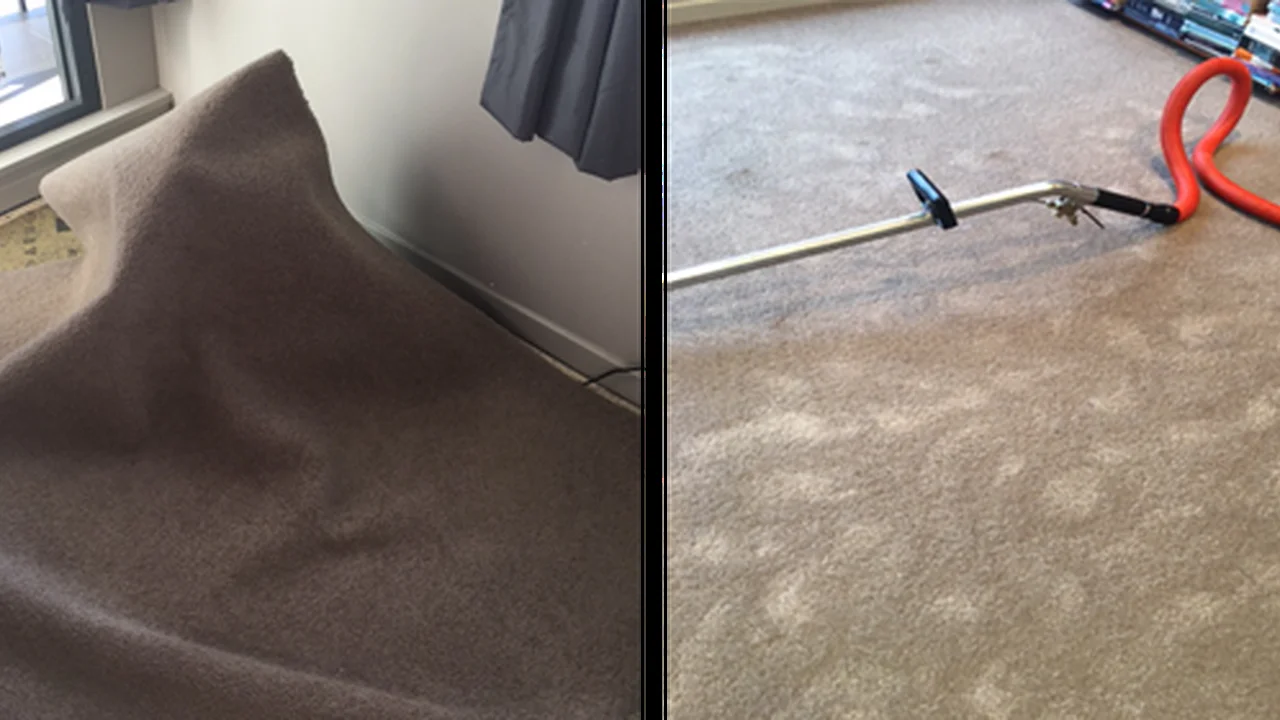7 Common Mistakes When Sourcing Classic Car Parts

Discover the top online marketplaces to find rare and authentic parts for your classic car restoration project. Compare features, prices, and user reviews. Ensure you get the right parts to complete your restoration.
Mistake 1 Not Doing Your Homework The Importance of Researching Classic Car Parts
Okay, let's dive right in. The biggest blunder I see folks make? Jumping the gun without doing their homework. You wouldn't buy a house without an inspection, right? Same goes for classic car parts. Before you even think about clicking "add to cart," you need to know exactly what you're looking for. This means understanding the specific part number, the correct year and model compatibility, and any potential variations that might exist. I’ve seen so many people end up with parts that simply don’t fit, leading to wasted money and a whole lot of frustration.
Pro Tip: Start with your car's original service manual or parts catalog. These are goldmines of information. Online databases like the one from [insert a reputable online database like Year One or Classic Industries] can also be incredibly helpful. Cross-reference part numbers across multiple sources to be absolutely sure you're on the right track.
Mistake 2 Ignoring Part Numbers The Key to Accurate Classic Car Part Sourcing
Speaking of part numbers, ignoring them is like navigating without a map. Each classic car part has a unique identifier, a part number, assigned by the manufacturer. This number is your best friend in the quest for the correct component. Don't rely solely on descriptions or visual comparisons. A part that looks similar might have subtle differences that render it incompatible with your vehicle.
Example: Let’s say you need a new water pump for your 1967 Mustang. There might be several water pumps that *look* right, but the correct part number will ensure you get the one specifically designed for your engine configuration and year. Using the wrong water pump could lead to cooling problems and engine damage.
Mistake 3 Skimping on Quality Choosing the Right Materials for Classic Car Restoration
Cheap parts are tempting, I get it. Restoration projects can be expensive, and it's easy to look for ways to cut corners. But skimping on quality is a recipe for disaster. Low-quality parts are more likely to fail prematurely, leading to repeat repairs and potentially damaging other components. Think about it: you're putting time and effort into restoring a classic. Don't undermine your hard work with inferior parts.
Product Recommendation: For critical components like brake pads, stick with reputable brands like [Brand A - e.g., Raybestos] or [Brand B - e.g., EBC Brakes]. While they might cost a bit more, their superior materials and manufacturing processes will ensure reliable performance and safety. A set of Raybestos brake pads for a classic Chevrolet might cost around $50-$80, while a generic brand might be half that price. But the peace of mind and improved braking performance are well worth the investment.
Mistake 4 Forgetting About Reproduction vs Original Understanding the Differences in Classic Car Parts
This is a big one. Original parts are often highly sought after, especially for concours-level restorations. But they can be incredibly rare and expensive. Reproduction parts offer a more affordable and readily available alternative. However, the quality of reproduction parts can vary widely. Some are excellent replicas, while others are poorly made and inaccurate. It’s crucial to understand the differences and choose wisely based on your restoration goals and budget.
Scenario: If you're aiming for a museum-quality restoration, original parts are a must. But if you're building a driver, reproduction parts can be a practical and cost-effective solution. Be prepared to do your research and compare different reproduction parts manufacturers to find the best quality for your needs.
Mistake 5 Neglecting Core Charges Saving Money on Classic Car Part Replacements
Core charges can be confusing, but they're an important aspect of sourcing certain classic car parts, especially rebuilt components like alternators, starters, and carburetors. A core charge is a deposit you pay when purchasing a rebuilt part. You get the deposit back when you return your old, original part (the "core") to the vendor. This encourages recycling and ensures a steady supply of cores for rebuilding. Neglecting to return the core means you're essentially throwing money away.
Tip: Always factor in the core charge when comparing prices. A part that seems cheaper might actually be more expensive when you consider the core charge. And don't forget to return your old part promptly to get your refund!
Mistake 6 Ignoring the Fine Print Classic Car Part Return Policies and Warranties
Before you finalize any purchase, take a close look at the vendor's return policy and warranty. What happens if the part is defective or doesn't fit? Can you return it for a full refund? What's the warranty period? A reputable vendor will have a clear and fair return policy and offer a reasonable warranty on their products. If the return policy is vague or nonexistent, that's a major red flag.
Example: I once bought a rebuilt carburetor from a vendor with a "no returns" policy. Turns out, the carburetor was faulty and leaked fuel. I was stuck with a useless part and out a few hundred dollars. Learn from my mistake and always check the fine print!
Mistake 7 Rushing the Process Taking Your Time with Classic Car Part Sourcing
Restoring a classic car is a marathon, not a sprint. Don't rush the process of sourcing parts. Take your time to research, compare prices, and verify compatibility. Impatience can lead to costly mistakes and unnecessary delays. Building a network of trusted suppliers and fellow enthusiasts can also be incredibly helpful. They can provide valuable advice and point you in the right direction.
Final Thought: Sourcing classic car parts can be challenging, but it's also a rewarding part of the restoration process. By avoiding these common mistakes, you can save time, money, and frustration, and ensure that your classic car is restored to its former glory. Happy wrenching!
:max_bytes(150000):strip_icc()/277019-baked-pork-chops-with-cream-of-mushroom-soup-DDMFS-beauty-4x3-BG-7505-5762b731cf30447d9cbbbbbf387beafa.jpg)






